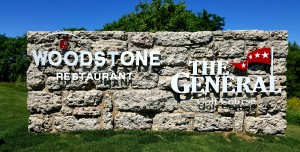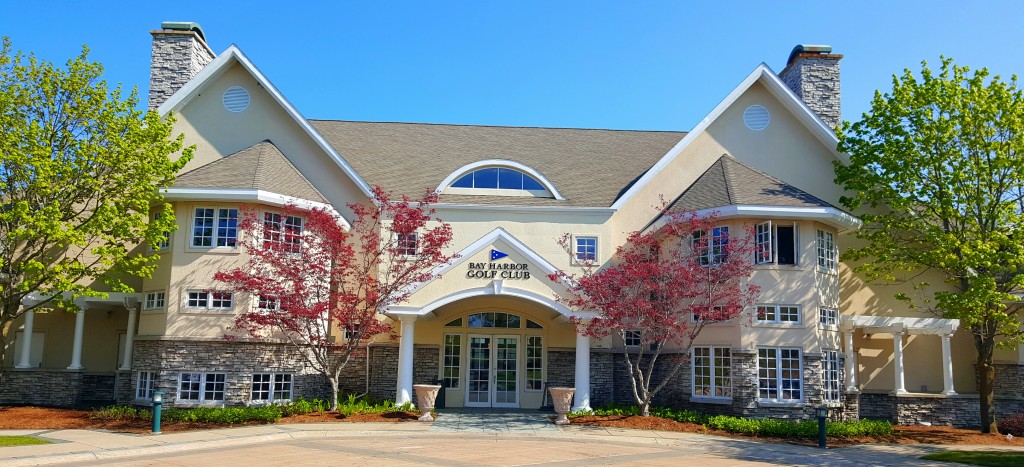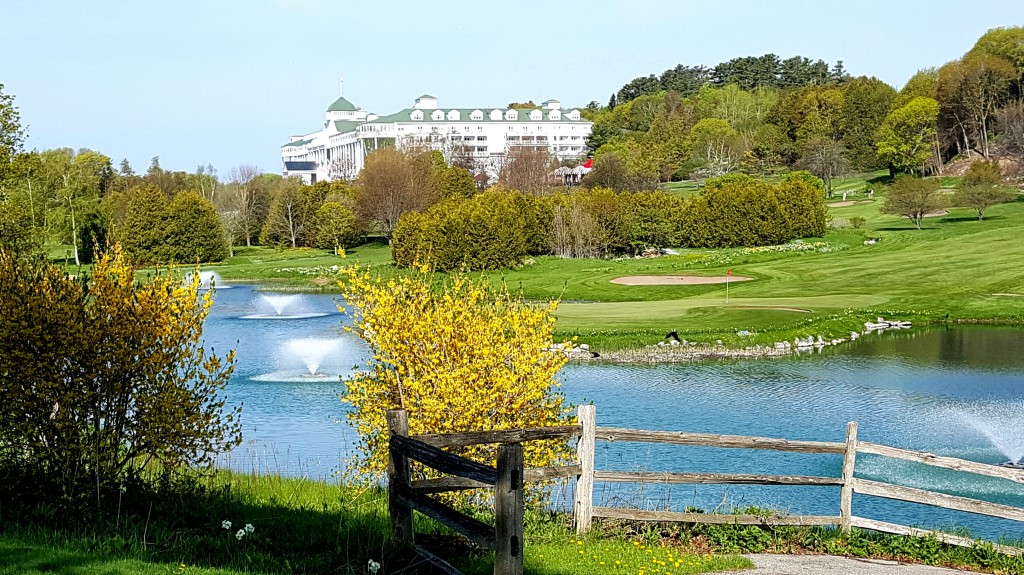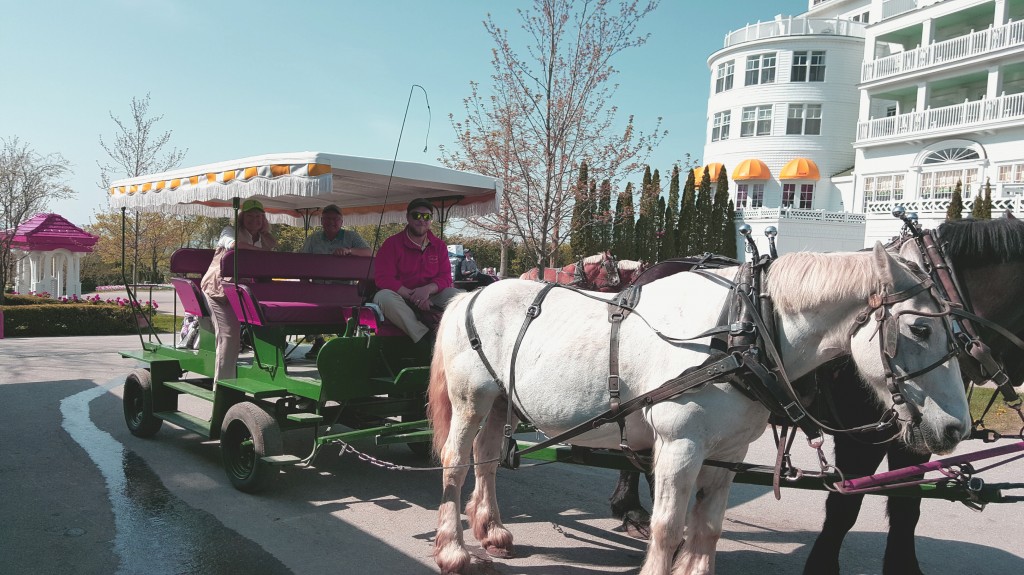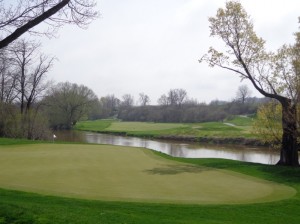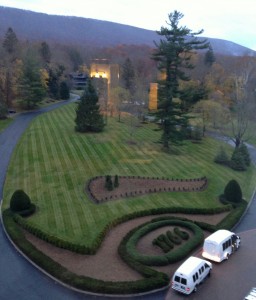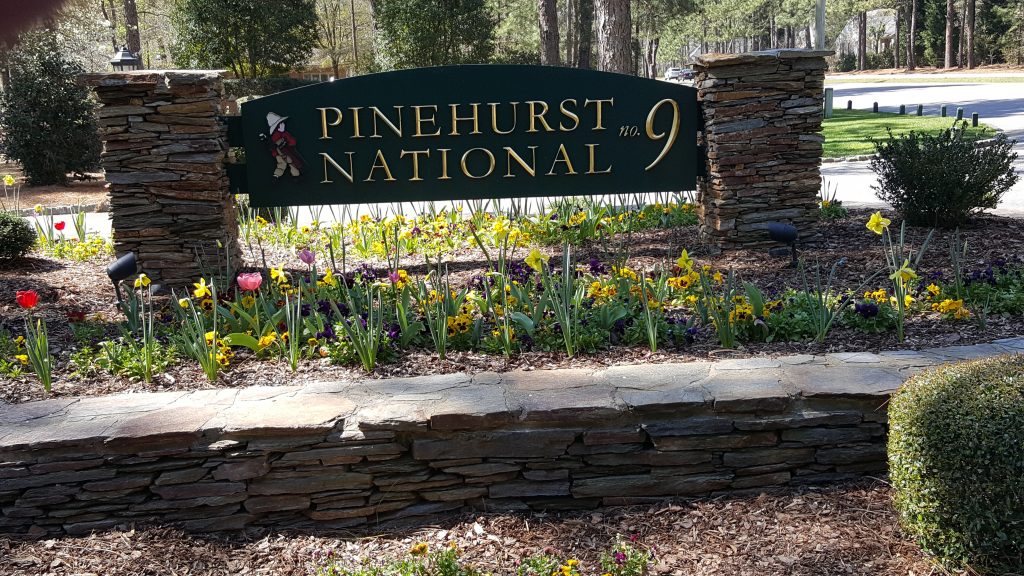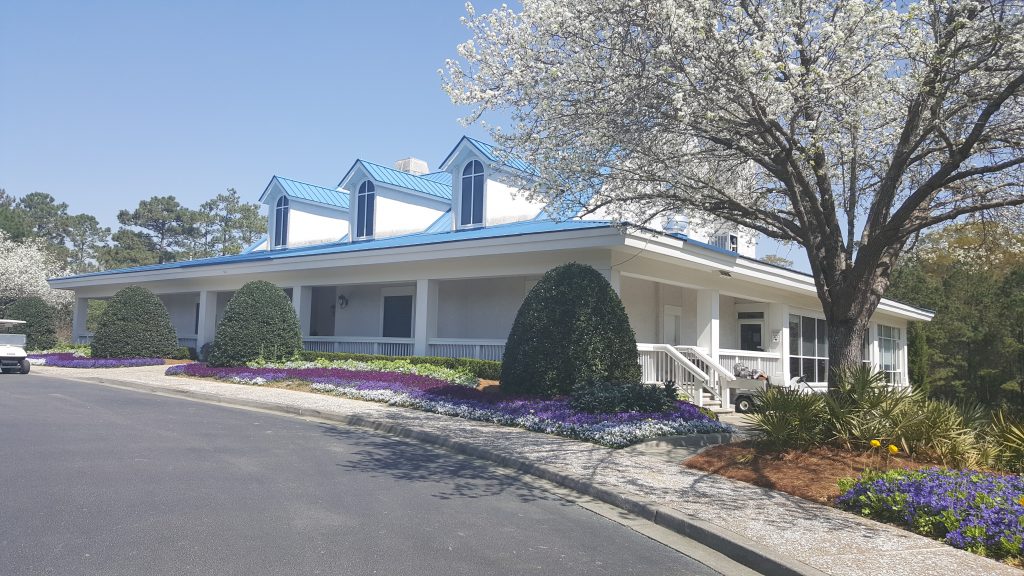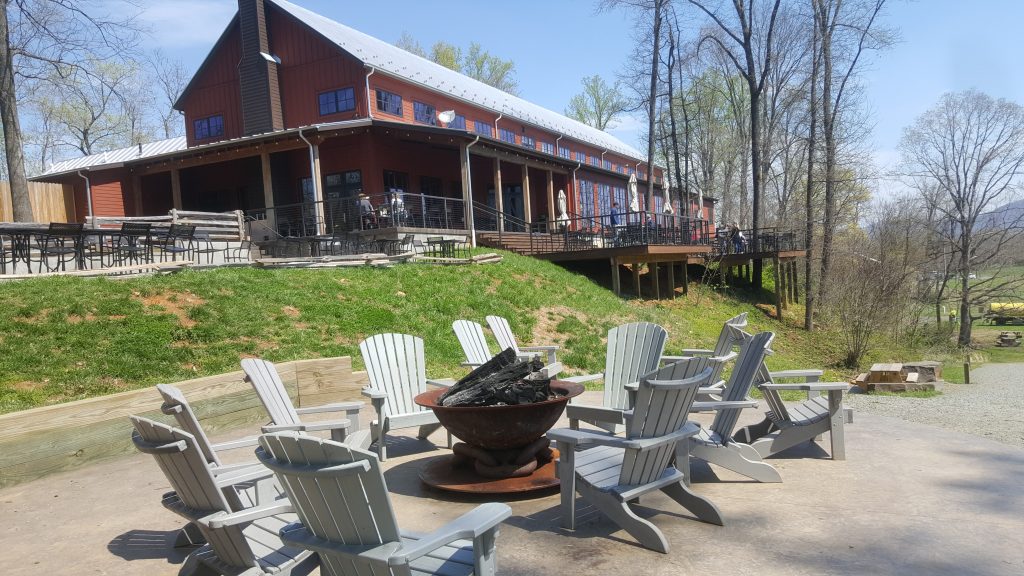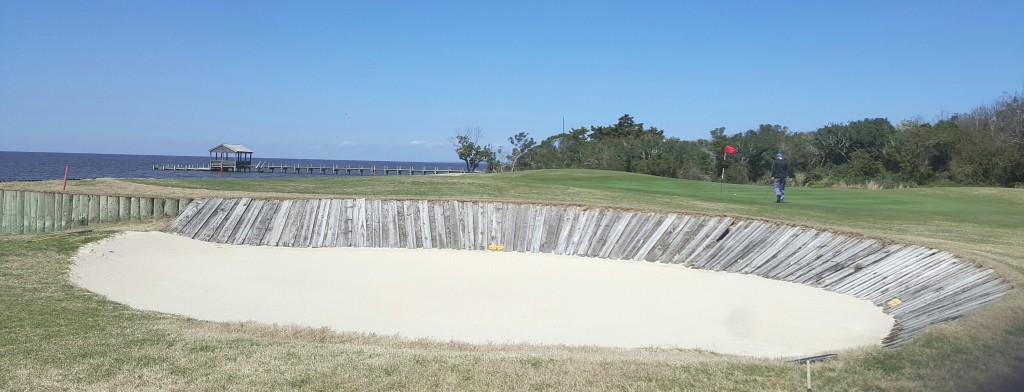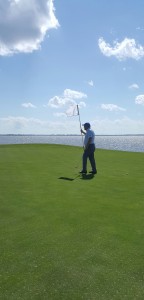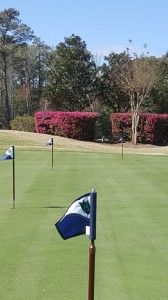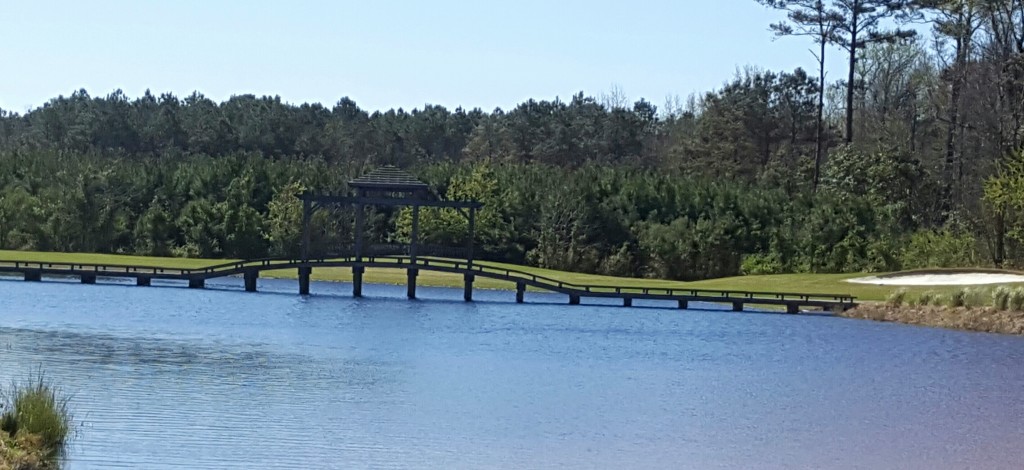You’re a Chicago resident and you want to play golf year-around? One way to do that is to move to Florida, and some who did even went a step further. They bought their own courses in the Sunshine State and have taken them to new, higher levels.
Two Orlando area facilities – Mission Inn Resort & Club, in Howie-in-the-Hills, and Royal St. Cloud Golf Links, in St. Cloud – are thriving under the guidance of transplanted Chicago area residents.
The tale of Mission Inn, a resort with 36 holes located 35 miles southwest of Orlando, goes back to 1964 when Nick Beucher, a Wilmette resident who worked as a salesman for Morton Salt Company, bought the Hotel Floridian and its dilapidated golf course. He gradually brought family members from Chicago to help in the development of the place.
Son Bob came to Florida first and eventually became the resort president.
Bob’s now retired but retains the president’s title while his brother Bud directs the day to day operation. Nick Beucher died in 2005 at the age of 88, but the family spirit remains at Mission Inn. In addition to the two sons, three of their four brothers-in-law, one of two sisters-in-law and all 16 grandchildren have been involved in the resort’s operation.
Royal St. Cloud’s story is much different. It involves two former Chicago area residents — successful Hinsdale businessman Tom Butler and Bill Filson, a former teaching professional at Oak Brook Golf Club. Butler was one of Filson’s pupils there. Together they opted to buy Royal St. Cloud in 2003 with Filson becoming the general manager and face of the facility.
Filson had the background in golf. He grew up in LaGrange and his father was superintendent of Illinois Masonic Children’s Home. Tom Byrd, the late head professional at the since closed Timber Trails golf course, taught Filson the basics of the game and Filson eventually joined Trey Van Dyck’s staff at Oak Brook after giving up hopes of becoming a tournament player. Filson worked at Oak Brook 11 years before coming to Florida.
While Filson was guiding Royal St. Cloud’s emergence as one of Orlando’s busiest courses , Mission Inn was blossoming as a full service resort spread over 1,100 acres. The resort has 176 guest rooms and suites, four restaurants, two lounges, a poolside cabana, a 54-slip marina, fitness center and spa. The two courses, though, make it a special place for golfers.
El Campeon, the older layout, was built in 1917 and is the fifth-oldest course in Florida. A Chicago architect, George O’Neil, built the original course, which was known as Howey Golf Club. It was also called Chain O’Lakes, Bougainvillea and Floridian before the present name – which means “The Champion’’ in Spanish – was adopted.
A Scottish architect, Charles Clarke, updated El Campeon after 10 years and is the architect of record, though more updates followed over the years. Despite its age, it’s still very much relevant for any level of golfer. In 2009 El Campeon was named Florida’s Course of the Year by the National Golf Course Owners Association.
The other course at Mission Inn, Las Colinas, is in its 23rd season and – like El Campeon — has been consistently listed among Florida’s Top 25 in the various polls. That’s saying something, since Florida is rich in golf courses with well over 1,000 in operation.
A nominee for Best New Resort Course by Golf Digest magazine in its early years, Las Colinas was designed by Gary Koch, a veteran PGA Tour player, in 1992 and renovated by the respected Ron Garl in 2007. The Beucher family is particularly proud of the many collegiate events that have been played there.
El Campeon doesn’t look like a typical Florida course. With 85 feet of elevation changes it offers a most memorable golfing adventure thanks in large part to major design tweaking over the years supervised by Bob Beucher. Now El Campeon even has an island green, at the par-4 16th
Las Colinas (Spanish for “The Hills’’) is a more typical Florida resort layout. It has wide fairways and isn’t quite the challenge that El Campeon can be. Cited by Golf for Women for its Top Fairways award, Las Colinas is player-friendly but still interesting throughout. The courses are similar in that both are par-72 layouts with one par-5 on front nine and three on the back.
The story of the Royal St. Cloud started ominously. The grand opening of the first 18 holes came two days before the horrendous 9-11 terrorist attack in 2001. That 18-hole course was known as the St. Cloud Golf Club and the designer was Chip Powell. Powell was a product of both Danville Community College and Illinois State University before starting his architectural business in Florida in the early 1980s.
Powell created the course for St. Cloud’s original owners, who sold it two years later. Then the Illinois influence became much stronger. A PGA professional for 24 years, Filson’s role at Royal St. Cloud is much broader than that of the usual GM.
First order of business when he arrived was rebuilding the original 18. Filson did that while working with Powell. Next came the addition of a new clubhouse, which opened in November of 2008. Blessed with plenty of open space for expansion, Butler and Filson didn’t see the need for a second 18-hole course but opted for a third nine. Filson, again working with Powell, designed it and they had it up and running in 2009.
Each of the nines is a par-36 and only 43 yards separates the shortest (on the White course) from the longest (on the Blue). The fairways are generous throughout but there are special touches. Each hole has a name, some examples being Wake Up, Mouse Trap, Nesse’s Back, Brent’s Bridge, Hookenfacher’s Nose, Gauntlet of Palms and Oliver’s Field. Their stories are told on unique signs, which provide reading material throughout the course.
There’s also the Deli Tele – authentic British shiny red phone booths that golfers can use to contact the clubhouse to place food orders.
“We believe in making our course second to none in the (Florida) public market,’’ said Filson. “We give prices that are significantly better than fair and we treat everybody exactly the same. The condition is always extremely good and we’re real friendly people.’’





